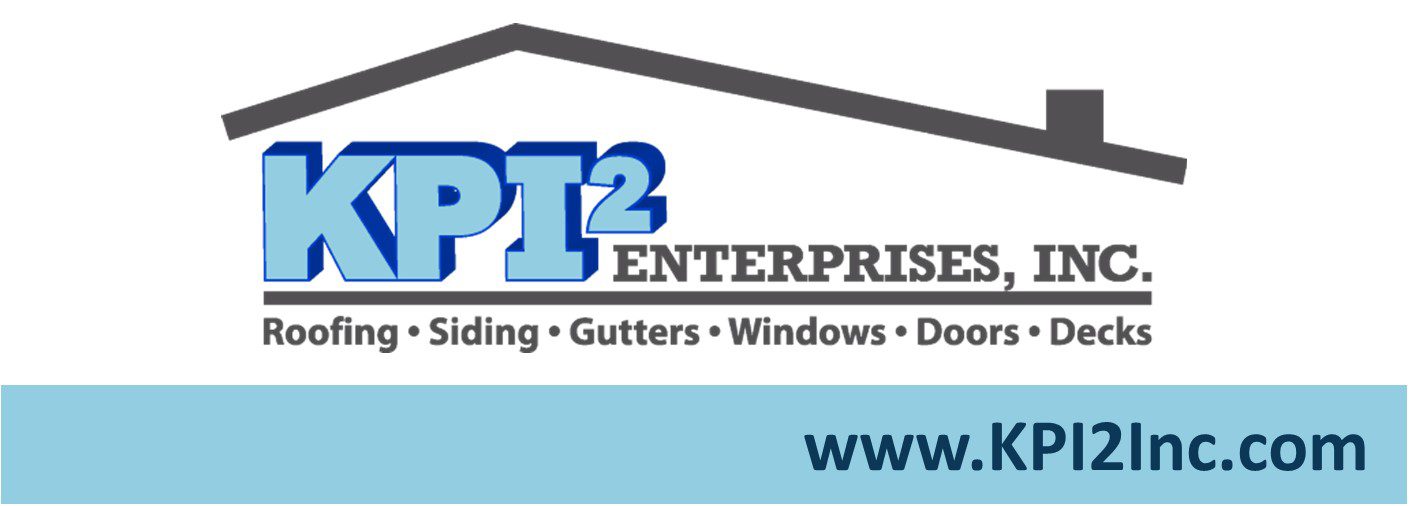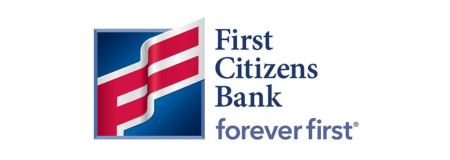Pipe Breaks and Condensation:
Extreme cold weather or a construction defect?
The Falcon Group
With cold temperatures approaching of the winter months combined with specific interior conditions, can result in excessive condensation and even bursting pipes.
Where condensation and deficiencies can be found:
- Exterior wall cavities
- Basements
- Crawl Spaces
- Roofs/Attics
- Windowpanes, aluminum window frames
When indoor heat and humidity become elevated during the winter season, condensation conditions begin to appear. It is difficult, even with proper wall construction and vapor retarders, to construct a building that will not have condensation problems when indoor humidity exceeds 40 or 50 percent without incorporating special design aspects of mechanical equipment including de-humidification; however, lack of proper construction can result in major problems.
Normal household activities such as cooking, showering or bathing, washing clothes and dishes, drying clothes, even breathing and perspiring can raise the humidity levels in a home. A typical family of four converts three gallons of water into water vapor per day. It takes only about six pints of water to raise the relative humidity of a 1,000 sq. ft. home from 15 to 60 percent. Therefore, any excess of the activities listed above can elevate the moisture in the air even more.
General Solutions to Reduce Moisture Vapor Production In Home:
- Decrease shower time.
- Maintain heat at 68 degrees F and not higher.
- Avoid boiling water or liquids excessively.
- Limit clothes washing to full loads.
- Open blinds and drapes so that air can circulate freely over the windows.
- Do not hang wet clothes inside the home.
- Move furniture such as sofas and bookcases so they are not touching outside walls. This will improve air circulation around the cooler, outside, wall and reduce condensation potential.
- Open windows a bit to allow moisture to escape and promote air movement as well when cooking.
- Install properly sized dehumidifier(s).
Bursting Pipes in the Winer may be a result of Deficient Construction:
Lack of insulation, location or penetrations of the pipes through wall are main factors.
- Ensure that pipes are in heated spaces and/or properly insulated.
- Look for areas where water supply lines are located in unheated areas. Look in the basement, crawl space, attic, garage, and under kitchen and bathroom cabinets. Both hot and cold-water pipes in these areas should be insulated.
- Install products made to insulate water pipes like a pipe insulation sleeve or heat tape on exposed water pipes as needed.
- Keep garage doors closed if there are water supply lines in the garage.
- Allow a cold-water drip from the faucet served by cold exposed pipes, running water through the pipe (even at a trickle) – may prevent pipes from freezing by allowing air to escape.
TIPS ON HOW TO PREVENT THESE VARIABLES:
Walls:
As the most basic and general rule, a vapor retarder should be installed on the warm side of the insulation during new construction or during significant rehab projects. This vapor retarder will limit the amount of interior water vapor that passes into the wall cavity. This is typically accomplished by installing paper faced insulation upon original construction. Although not a code deficiency, the paper backing on typical blanket insulation is technically a vapor retarder, but the ends do not overlap each other over the edge of the studs for it to be completely effective. It is also difficult to provide coverage of wall, window and door framing with this type of vapor retarder. A more effective vapor coverage may be the installation of wide sheets of polyethylene inside the wall with precise cutouts for windows and outlets.
Locations of water pipes and penetrations in cold spaces should be properly insulated. The design professional should analyze the wall cavity to determine whether the assembly is susceptible to condensation.
There are many variables that affect this potential:
1.) Different systems will react differently and need to be investigated to ensure that they are proper.
2.) The types of materials and their respective R-values, permeability ratings, thickness as and even locations within the cavity are all factors that can affect the potential for excessive condensation to occur.
3.) The size, type and layout of the interior environment are also factors that should be considered.
Attics:
Attics should be properly vented and insulated. The temperature of the attic space should be consistent with the exterior temperature. Flat roofs may require a similar analysis as with walls as discussed above.
Crawl spaces:
Crawl spaces should be properly vented including as needed exhaust fans and/or sump pump systems to reduce moisture and protect framing. Water pipes in these spaces should be properly protected and may require heat devices.
Basements:
Dehumidifiers and proper wall cavity construction are needed if finished space is desired. The construction, use and maintenance of a building can have significant impact on the humidity levels and condensation issues that may occur. Condensation was not much of a problem in pre-WWII construction, as the ‘loose’ or inefficient energy construction allowed for the flow of air and humidity in and out of the building.
With new, more efficient, construction methods, and more appliances and living habits that encourage or increase the release of water vapor into the home, condensation has become more prevalent and the damages and mold growth that go along with continued wetting have become an issue.
About this Article
The Falcon Group is a unique, full-service Engineering, Architectural & Energy Consulting firm. Falcon’s primary focus is on restoring and evaluating existing facilities ranging from site, building envelope and energy improvements. Their full-service capabilities focus on your building’s specific needs. For more information, contact Megan Elgard at: melgard@falconengineering.com or visit Falcon on the web at: www.thefalcongroup.us. The Falcon Group is a CAI Diamond Partner.

















